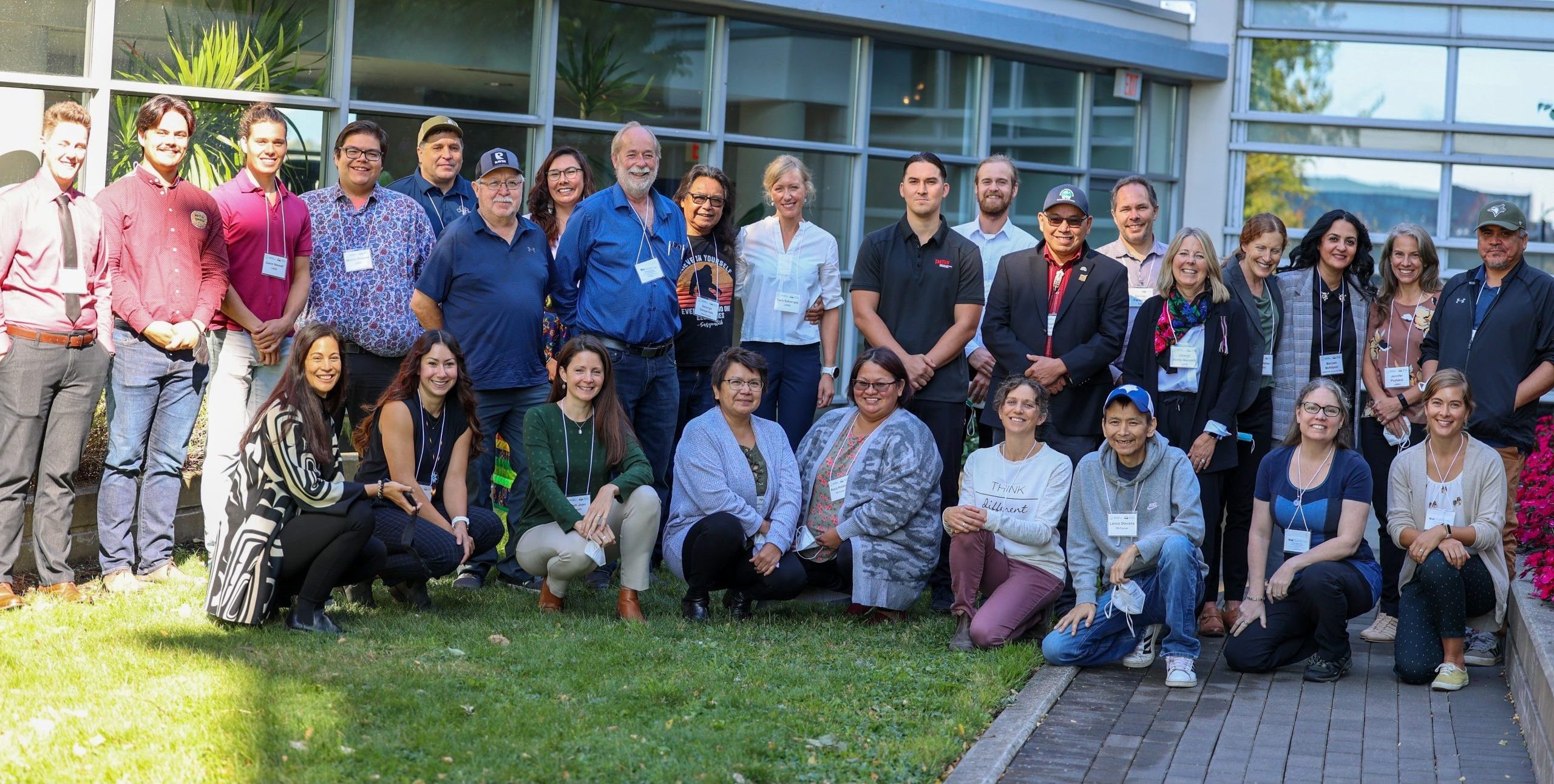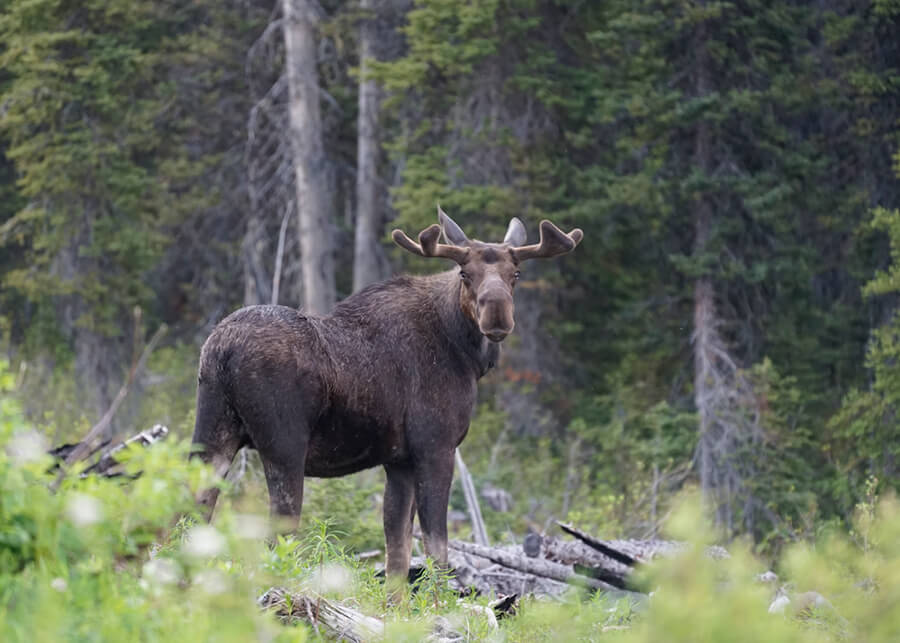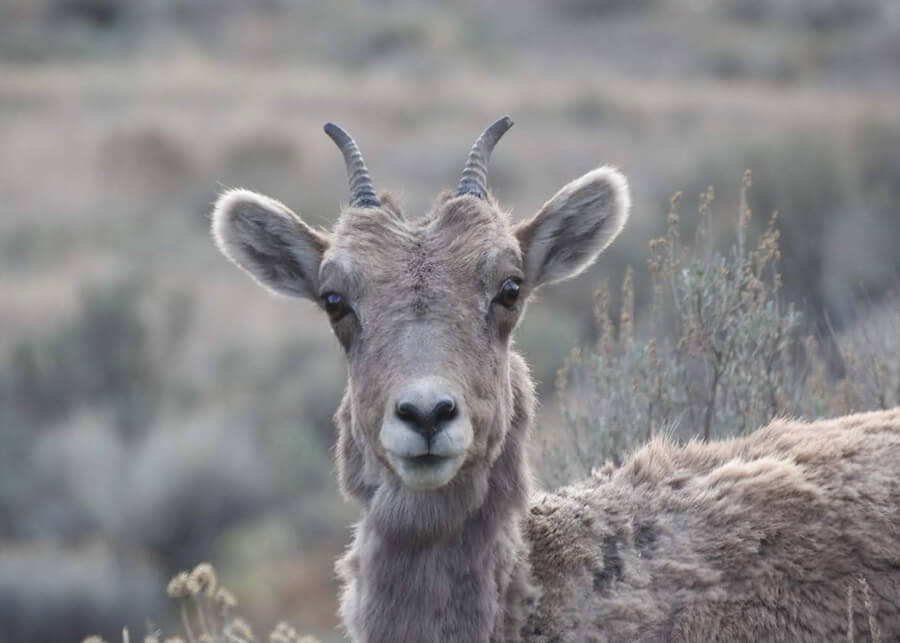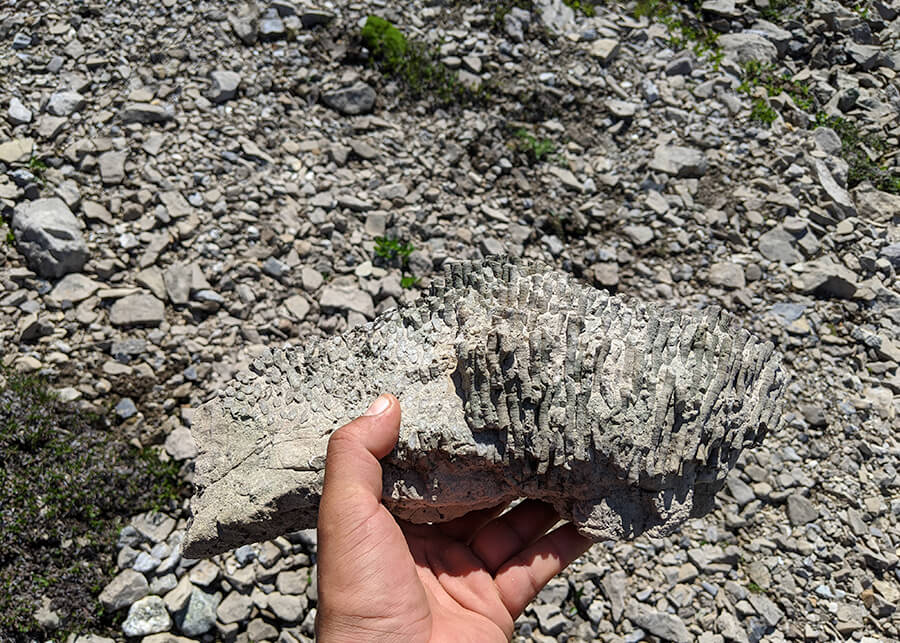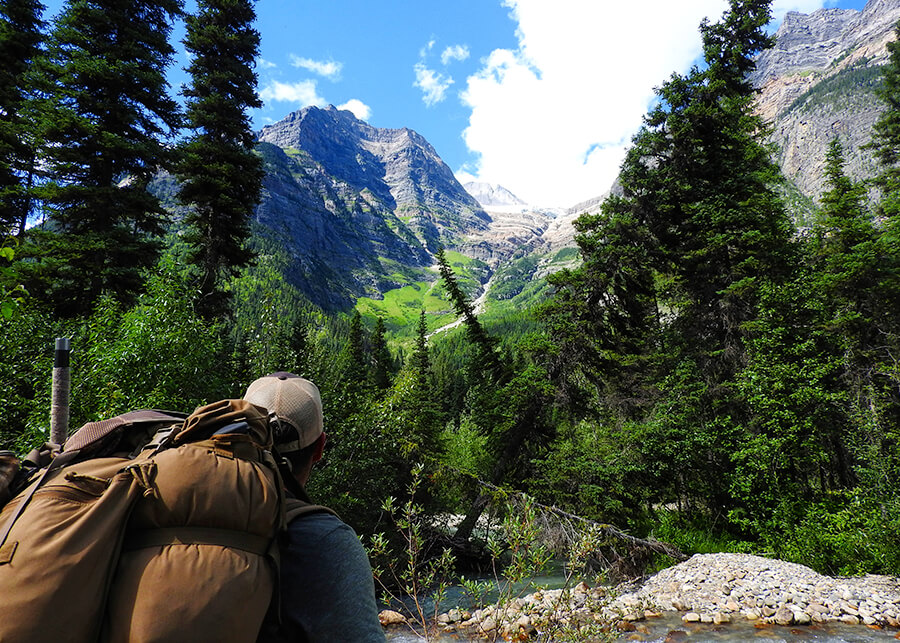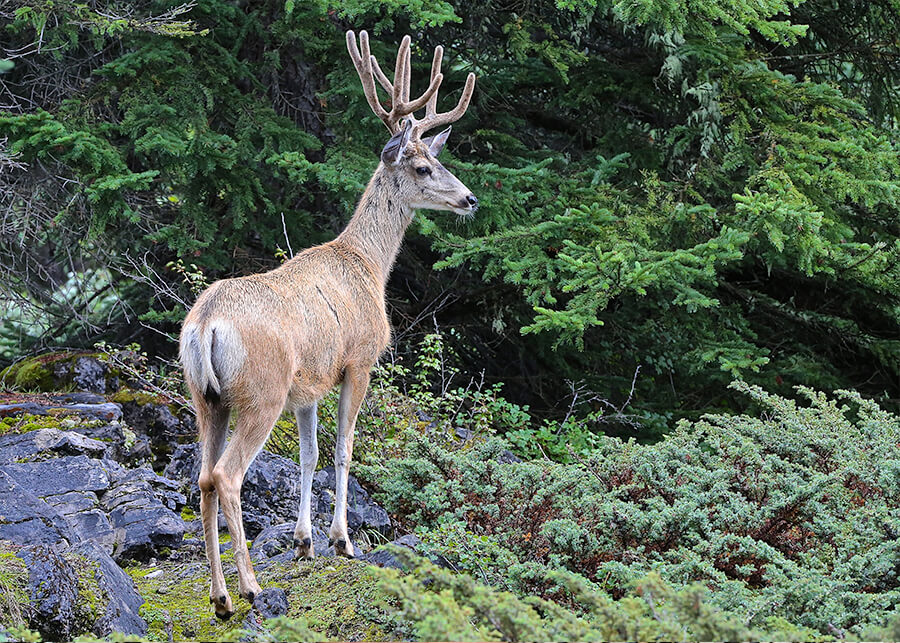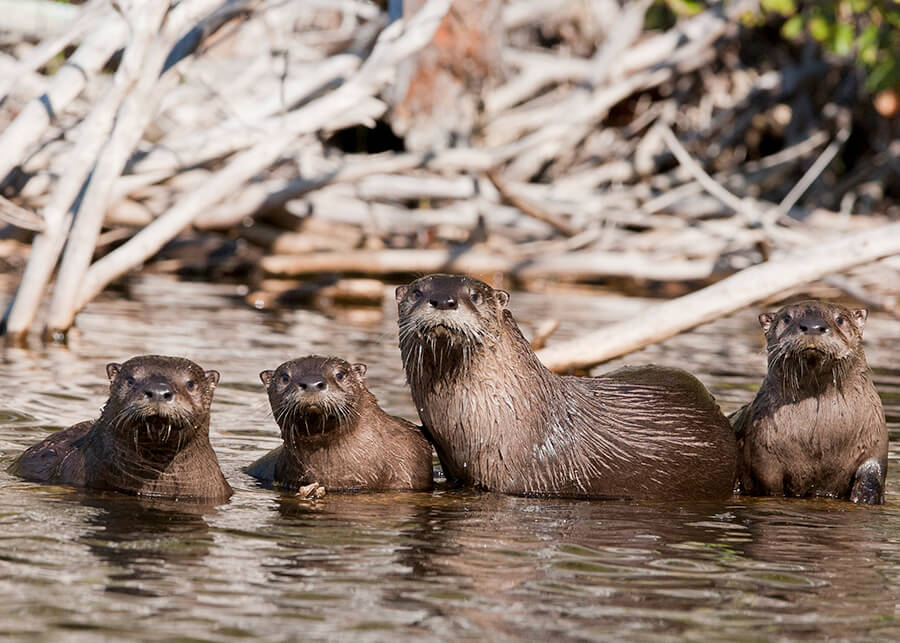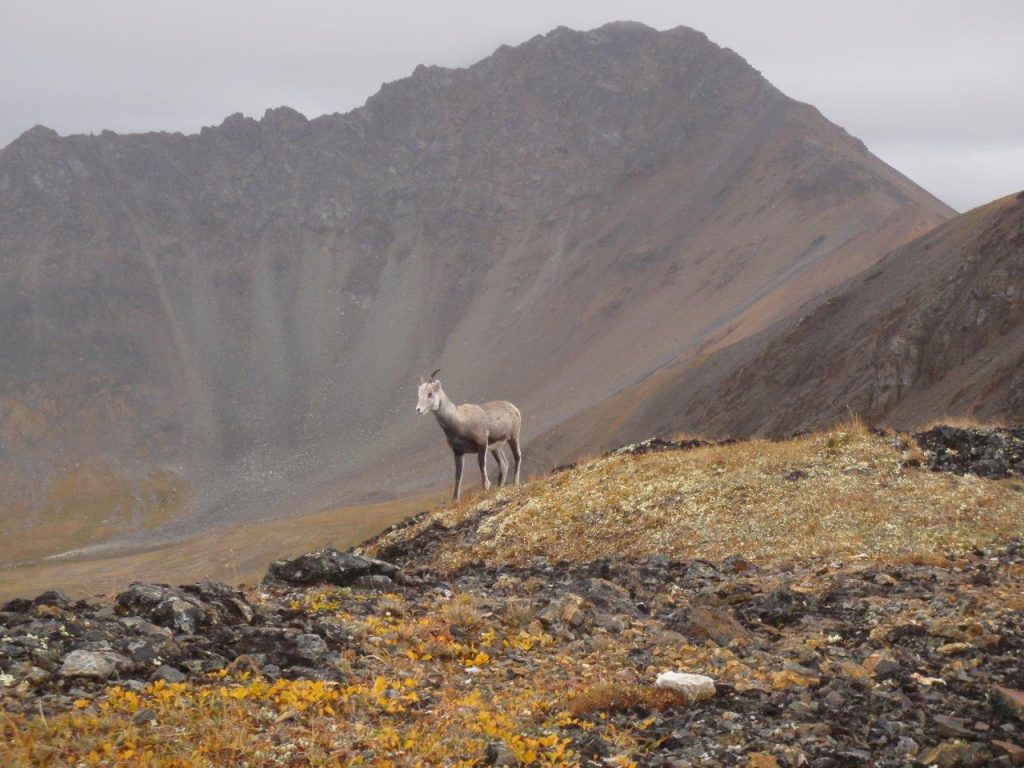Communication and Education Working Group
The Communication and Education Working group supports Action 19 of Together with Wildlife
“With the First Nations–B.C. Wildlife and Habitat Conservation Forum, we will jointly develop communication and extension materials to educate and inform British Columbians about the nature of Aboriginal rights and title, modern and historical treaties, Indigenous worldviews, and Indigenous use of wildlife and wildlife stewardship approaches. In 2021, we will engage with Indigenous governments on draft communication materials of the Together for Wildlife strategy.”
Members of this working group belong to the following nations:
- Huu ay aht
- Northern Secwepemc te Qelmucw
- Tahltan
- S’ólh Téméxw Stewardship Alliance (STSA)
- Eskemet,
- Nisga’a
- Tsal’alh
- Gitxsan
- Syilx
- Qwelminte Secwepemc
- Esketemc
Current Efforts
Under action #18, QS and BC have identified the development of a place-based Cultural Awareness/Education material for wildlife management units that overlay QS Ancestral Lands as a collaborative initiative / pilot. The material serves as a direct avenue for implementation of action #18, where QS Campfires / Divisions and / or communities will develop priority questions & answers for Limited Entry Hunt (LEH) applicants to review prior to entering the territory. Action #18 directly supports the implementation of BC’s recent Declaration on the Rights of Indigenous Peoples Act (DRIPA) through articles 5, 8 (2, e), 14 (1), 15 (1 & 2), 16 ( 2), 31 (1 &2).
The produced will be determined by each Campfire / Division and / or community, to foster respect and understanding of the respective and distinct culture and protocols that continue to exist across Secwepemc’ulucw. Material may include, but are not limited to, the following themes, Indigenous Governing institutions, modern stewardship efforts, history in place, or culturally sensitive materials that they wish to communicate to LEH prior to exercising hunting privileges.
Each Campfires / Divisions and / or community has different experiences with infringement because of misunderstanding and lack of public education. These lived experiences will inform the project and create a place-based approach, without being prescriptive. The process will support relationship building and trust between Campfires / Divisions and / or communities and Provincial staff through exposure to cultural teachings, lived experiences, and some of the discomfort experienced by First Nation communities. The production of the material is step in the right direction to correcting a history of misinformation, lack of awareness and understanding.
The Province has engaged with numerous First Nations to prepare a Grizzly Bear Stewardship Framework that provides guidance and direction for the stewardship of grizzly bears at a local level.
During the engagement process the Province moved toward building common understandings of how western science and Indigenous communities respectfully interact. This is often difficult due to the variety in approaches to wildlife stewardship that exist across the Province, as there is no blanket solution to the on-going issues wildlife and habitat face. The cultural, social, and economic significance of Grizzly Bears varies across the Province. As a potential solution, the FN Forum proposed to review the document form an Indigenous perspective that would respect the diversity of Indigenous laws, knowledge and relationships with Grizzly Bears. This includes specific working groups dedicated to Shared Decision Making, Indigenous Knowledge, and Communications material who will assist in providing the review. It is important to note that the review will not be place based. The review’s broader purpose is to enable Indigenous Governments in Grizzly Bear Management, within their respective Governance institutions and territories. The review will not derogate rights of Indigenous peoples, or their ability to participate in Grizzly Bear management either. It is also understood that there has been Government to Government work across the Province on Grizzly Bears, and this experience or on-going work cannot be overshadowed by what is posed in this review. The review has started in fall, 2020, and is anticipated to be finalized by summer 2022.
In the fall of 2021, the Communications working group in collaboration with the First Nation – BC Wildlife and Habitat provided insight and advice to the BC Trappers Association on adjustments needed for the Trappers manual regarding Indigenous trapping history. The review includes adding Indigenous perspectives and 5 key discussion points for the BC Trappers Association’s Education program. This project is anticipated to be completed by summer 2022.
In 2019, the Province restarted the drafting of a management plan for BC’s Thinhorn. Following outreach and an invitation to support the process made to all First Nations whose territories overlap Thinhorn sheep range, several First Nations agreed to join a working group with a goal of developing a Thinhorn Sheep Stewardship Framework that meaningfully and respectfully engages and communicates Indigenous science and perspectives. By braiding current management and biological science with Indigenous knowledge, language and cultural history, the framework will highlight Indigenous perspectives in both a dedicated stand-alone chapter, as well as throughout the document. It aims to provide strategic guidance and direction for the stewardship of Thinhorn Sheep in BC, and in a meaningful way, enable greater collaboration between Indigenous communities, Nations, and the Province in stewarding Thinhorn sheep.
The coordination of the working group and subsequent meetings have largely been organized by Bill Jex, Provincial Wild Sheep and Mountain goat Specialist for the Province. The initiative is co-chaired by Bill with Hunter Lampreau of Secwepemc First Nation (Co-Chair, First Nations-BC Wildlife & Habitat Conservation Forum) and supported by Sydney Goward (Forum Collaborator and MSc Candidate, University of Victoria). The semi-structured working group meetings occur monthly and create an open-ended space to discuss the framework, including everything from structure to content to relationships with Thinhorn sheep. Nations have been supported to conduct engagement in their respective communities, and to provide any local knowledge content they wish for inclusion in the framework.
The working group has also received and been able to provide comments and discuss the core biological content developed by the Province. The biology content is currently being reviewed by a third party and will then be provided back to the working group in about 6-8 weeks. During that time, Nations will be conducting their engagement and developing any content they wish to share with the working group. Inclusion and revision of this material is estimated to take two to four weeks, before a final Thinhorn Stewardship Framework is produced and made available for broader engagement with both Indigenous and non-Indigenous stakeholders, and conservation organizations. The working group is projecting a completion date in early fall of 2022.
Nations currently participating in the working group:
- Saulteau First Nations
- Blueberry River First Nations
- Taku River Tlingit First Nation
- Fort Nelson First Nation
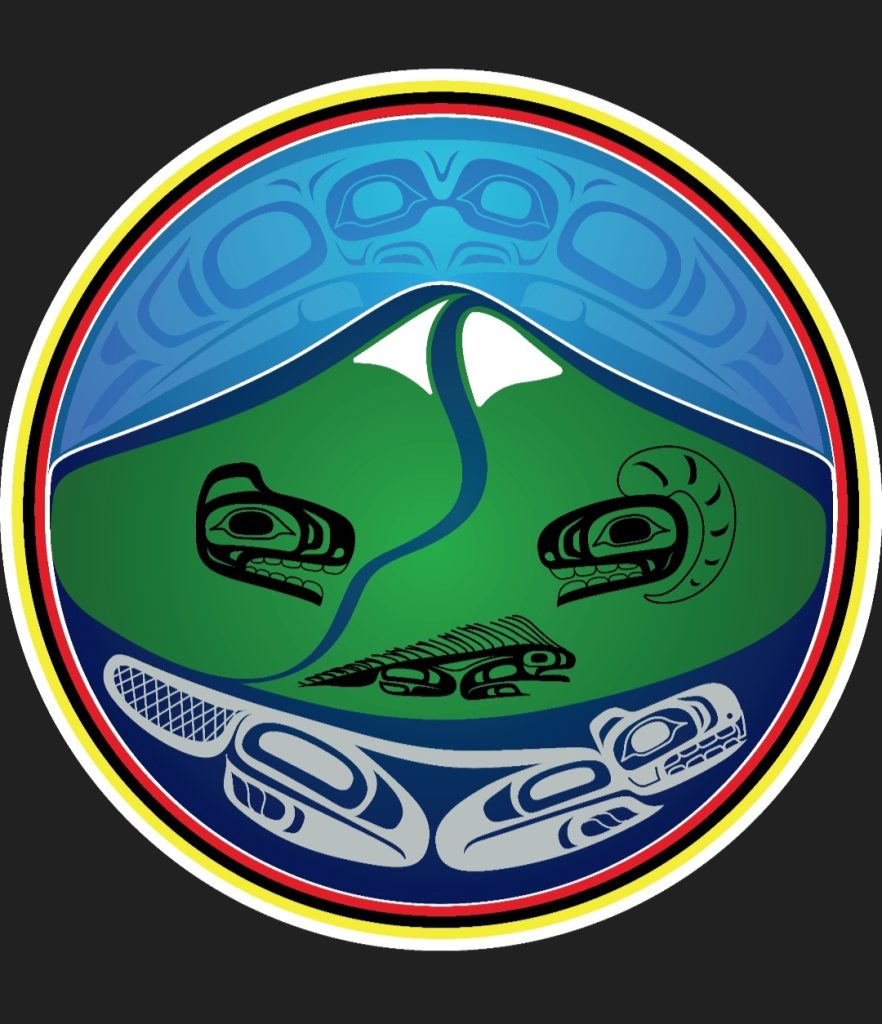
In 2022, the First Nation-BC Wildlife and Habitat Forum is excited to present the new “Porcupine Logo”. The main purpose of this logo is to represent the Habitats and Wildlife found in the province of BC. The wildlife include the Eagle (top), Bear (left), Sheep (right), Porcupine and Beaver(bottom). The porcupine near the water represents people coming together. Grounded by oral traditions and storytelling. The mountain sheep represents and connects the Interior/Northern region of BC. The Beaver near the water represents the trapping species. The The logo honors Chief Bill Blackwater by having the water color changed to a dark blue. Furthermore, the logo exhibits the 4 color’s of the Medicine Wheel on the outer layer. The logo is currently being updated by Trevor Angus.
Achievements to Date
The purpose of this document is to articulate a communication strategy for the First Nations Forum that supports the implementation of the Together for Wildlife strategy. The objectives of the plan are providing transparent information regarding the Forum and the Forum’s endeavors, seek partnerships, provide information regarding indigenous perspectives and support engagement with the nations.
The Forum’s website is the centerpiece of the communication plan that will support engagements and offers seasonal round information on the activities of the Forum.
Future work
The Forum will continue to update wildlife and habitat documents and engage with the nations across BC. The Forum will also seek opportunities to support and promote new and innovative communication practices that supports implementation of the Goal 5 of the strategy.

